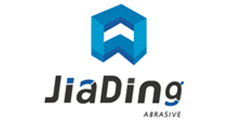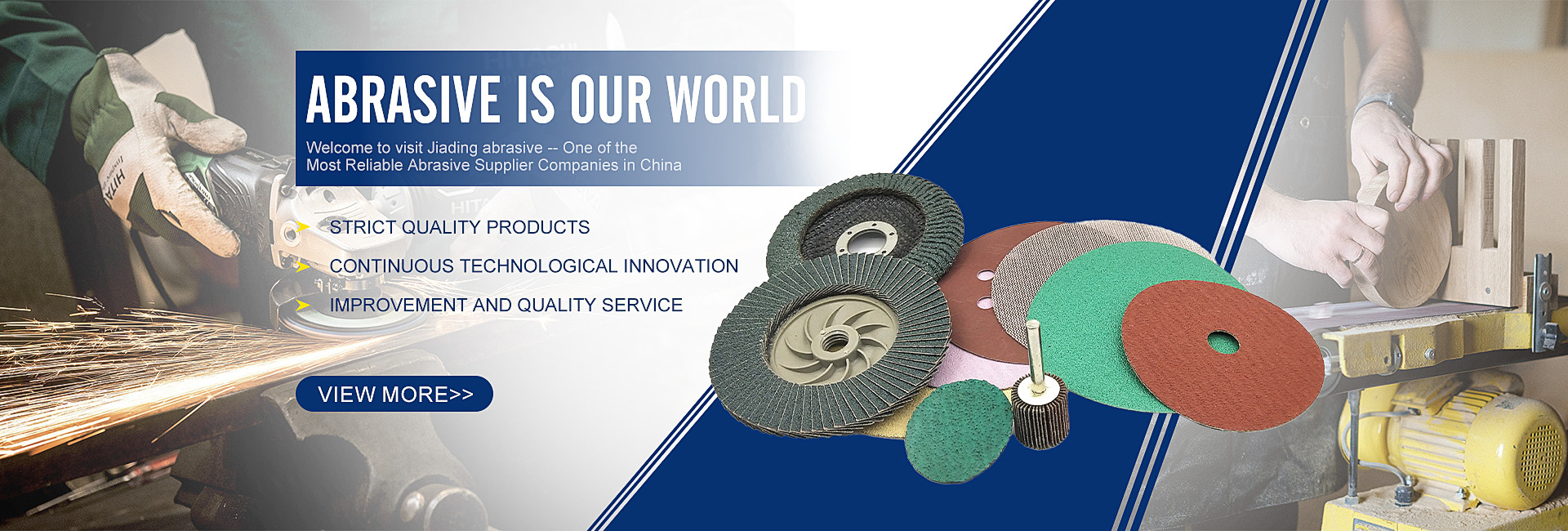Abrasive belt is a belt-shaped tool that can be ground and polished, which is made by bonding abrasives to flexible materials such as paper and cloth with a binder. It is a main form of coated abrasives. Its basic composition is: base material, abrasive and binder, collectively called the three elements of abrasive belt. Abrasive belt is the main tool of the sanding process. Abrasive belt grinding is a soft grinding method, which is a compound processing abrasive tool with multiple functions of grinding, grinding and polishing.
Abrasive tools are tools for grinding, grinding and polishing. Most of the abrasives are artificial abrasives made of abrasives and bonding agents, and natural abrasives are also directly processed from natural ore. In addition to being widely used in machinery manufacturing and other metal processing industries, abrasive tools are also used in the processing of non-metallic materials such as food processing, paper industry and ceramics, glass, stone, plastic, rubber, and wood.
Abrasives are divided into natural abrasives and artificial abrasives. All materials that can be used for grinding or grinding in nature are collectively referred to as natural abrasives.
Natural abrasives mainly include: natural corundum and garnet
Artificial abrasives mainly include: white corundum, brown corundum, silicon carbide, zirconium corundum, synthetic diamond, cubic boron nitride.
How to choose a suitable abrasive belt and further improve the smoothness and flatness of sanding is a very important issue in the use of abrasive belts. Due to the differences in the three major components of abrasive belts and various characteristic factors, abrasive belts can be divided into many varieties according to different grinding objects, grinding conditions and grinding requirements. The following is the classification of abrasive belts according to abrasives. Different abrasive belts are suitable for different products. The following types of belt operations are: automatic grinding, mechanical hand grinding, desktop grinding, and manual tool grinding.
Types of abrasive belts (according to abrasives):
1: Accumulated abrasive belt
Application: Widely used in polishing various non-alloy, low-alloy and high-alloy steel, stainless steel, brass, bronze and other non-ferrous metals. Good self-sharpening, long service life, uniform grinding volume and uniform surface roughness.
2. Brown corundum belt
Application: Widely used in metallurgy, machinery, shipbuilding, wood, building materials, textile printing and dyeing industries. Grinding and polishing of bamboo and wood products, decorative panels, stainless steel, non-ferrous metals and other complex surfaces. Fast cutting, heat resistance, long service life, efficient wear resistance.
3. Ceramic abrasive belt
Application: Widely used in grinding chromium steel, chromium-nickel steel, stainless steel, high-alloy steel, nickel-based alloy, titanium alloy, brass and bronze, etc., with good self-sharpening, strong grinding, and large removal of grinding materials.
4. Silicon carbide belt
Application: Widely used in the grinding and polishing of brass, bronze, titanium alloy, aluminum alloy, glass, ceramics, minerals, stone, rubber, and synthetic materials. The sand surface is sharp, with very high strength and grinding ability, suitable for grinding medium and high density plates. The bucky has strong tension and ultra-wide sub-tension, which can be used for ultra-large abrasive belts.
5. Zirconium corundum abrasive belt
Application: Widely used in the grinding and polishing of steel, alloy steel, cast iron and non-ferrous metals, medium load or heavy load powerful grinding. The rigid polyester fabric is resistant to strong tension and impact, has high abrasion resistance, and has excellent comprehensive cost performance.
Abrasive belt grinding can grind almost all engineering materials. In addition, the belt grinding system has low vibration, good stability, high precision, safety, low noise and dust, easy control, and good environmental benefits. Abrasive belt is the best choice for polishing and grinding!








